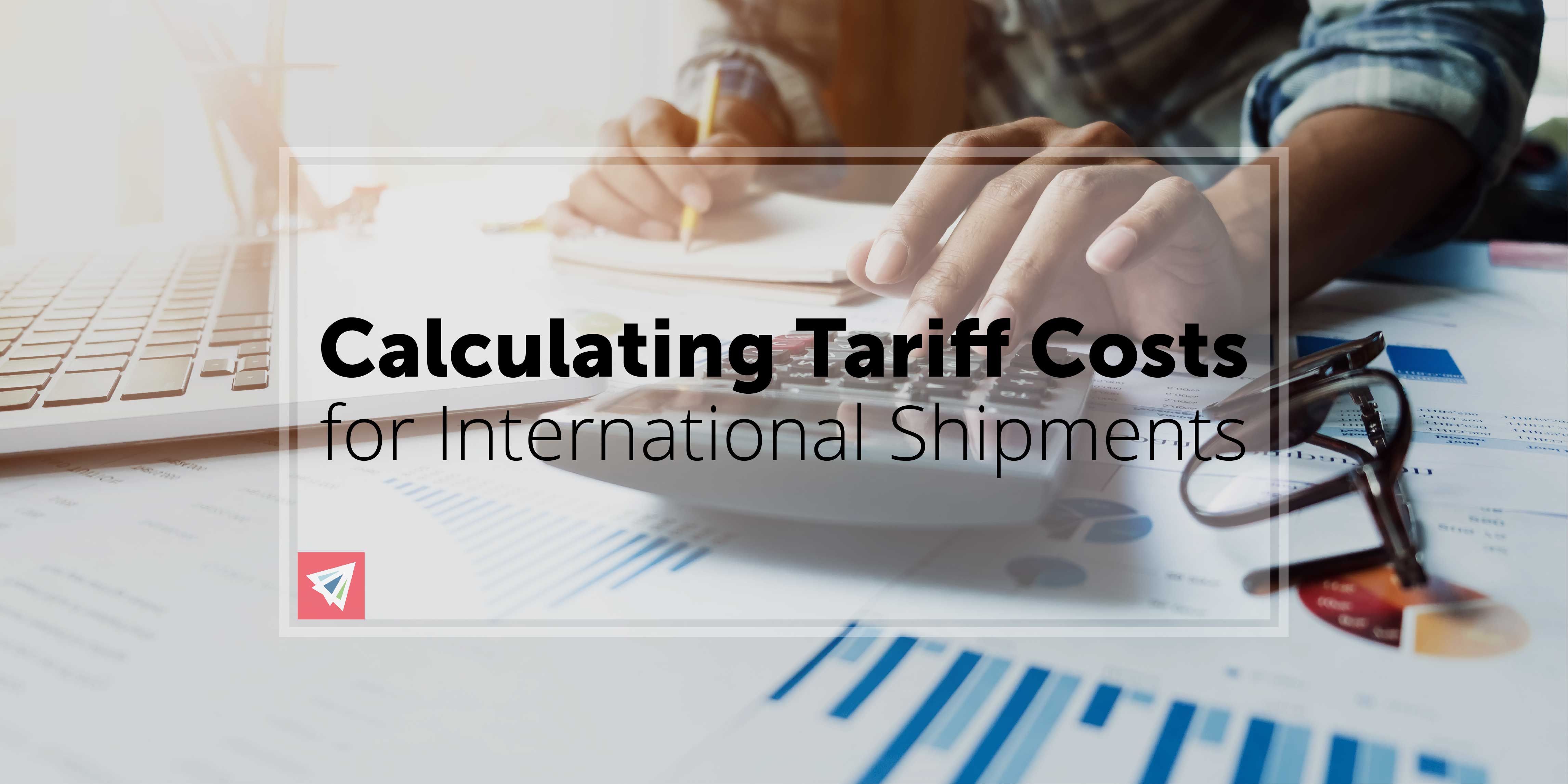Shipping products around the world can get pricey really quick. Aside from the raw costs associated with container rentals and mode of shipping, there are tons of “hidden costs” that come along with an international shipment – some of which you may not fully be aware of. While some hidden costs are unforeseen and unpredictable, such as broken or damaged cargo and customs inspections, there are many minor cost details related to the type of product you are shipping that you will need to factor into your end decision.
Tariff Costs – What to Expect
Calculating tariff costs can be a bit confusing. Depending on the product, materials, quantity, destination, incoterms, and import/export details, your total tariff costs can vary greatly. In summary, here are a few things you should pay attention to when calculating how much you will be spending on tariff costs:
1) Incoterm
The incoterm on a shipment will state the respective responsibilities of the shipper and buyer at each stage in transit. On an export from the United States, since the tariffs will be charged at the destination port, certain parties will not be responsible for paying the tariff charges should their responsibility end before the container makes it to the port. Here’s an example:
A U.S. shipper/seller would not be responsible for paying tariff rates on an export under most incoterms, including: EXW, FCA, FAS, FOB, CFR, CIF, DAT, DAP, CPT, and CIP. Likewise, a U.S. importer/buyer would not be responsible for paying tariff rates on an import under DDP incoterms.
2) Materials
Be very mindful of the materials your product is made of. The recent tariff rate increases on steel and aluminum are one U.S.-based example of a larger global commonality. Certain parts of the world increase or decrease the tariff rate of certain imported materials to control their domestic production and sourcing spend.
3) Value-Added Services
Where a product is coming from (or going to) may end up affecting the tariff rate. With U.S. imports, tariffs are often assigned to Chinese-made products but not, say, Canadian-made goods. Some of this selective tariff rating process is done to control U.S. country sourcing, promote growth of smaller economies, and encourage domestic production.
Value-added services are services conducted in a country other than the country of origin. In other words, an incomplete product is sent elsewhere for completion of the services. In this case, the product may be tariffed according the country which fulfilled the product completion. So in the above case, a product that was made in China and shipped to Canada for value-added services may be tariffed in the U.S. as if it were an imported product from Canada.
4) HTS Code
This should be a given, but the HTS Code assigned to a product will ultimately decide the cost of the tariff rate. Be mindful that certain types of products are taxed according to different types of tariff rates.
HTS codes get incredibly specific for certain products, so make sure that you understand which exact HTS code matches the description of your goods (i.e., decaf arabica coffee might be different than organic decaf arabica coffee.)
Conclusion
These are only a few of many factors which influence the cost of a tariff, but the main point is to be vigilant of factors outside the usual means used to calculate tariff rates. While an HTS code will directly influence the tariff costs, the country of origin, value-added services, incoterms, and materials used in the product will all affect the end cost of the tariff as well as who is responsible for paying it.
If you are ever confused, have questions, or are just curious to learn more about HTS codes, tariff rates, and related topics, please reach out to a team member! We are here to help answer any questions we are able to!
